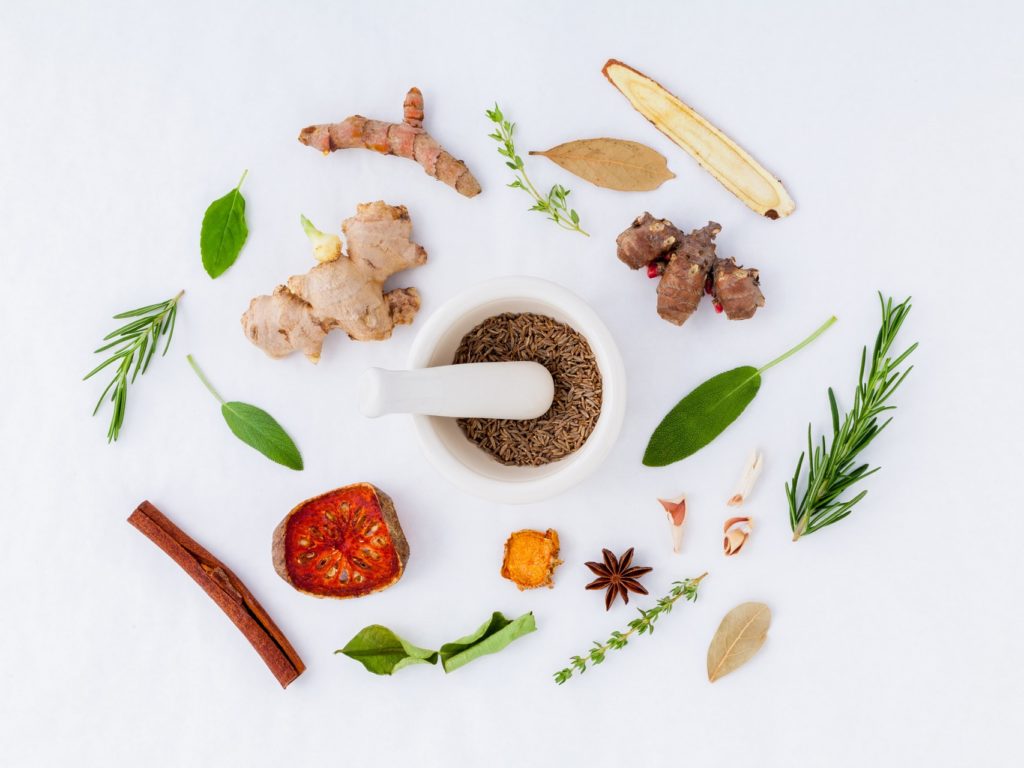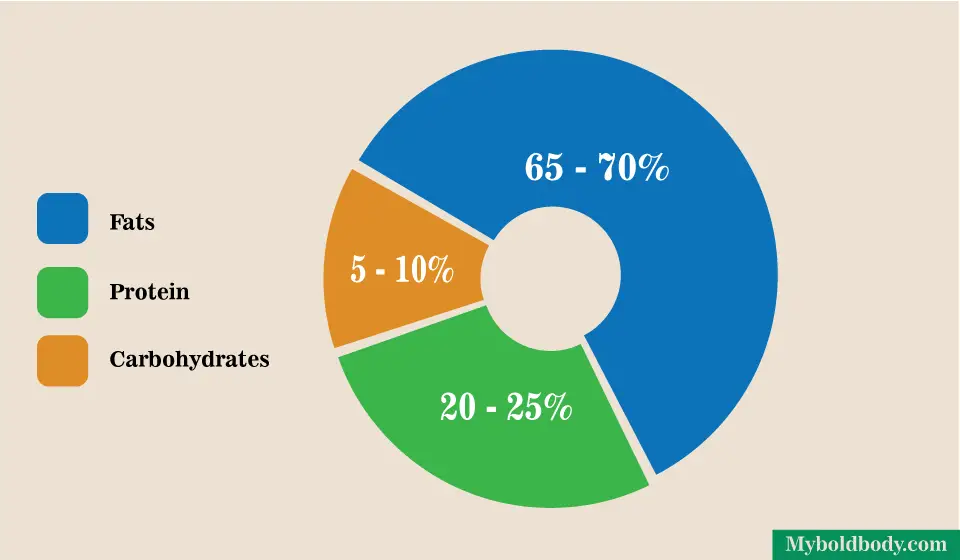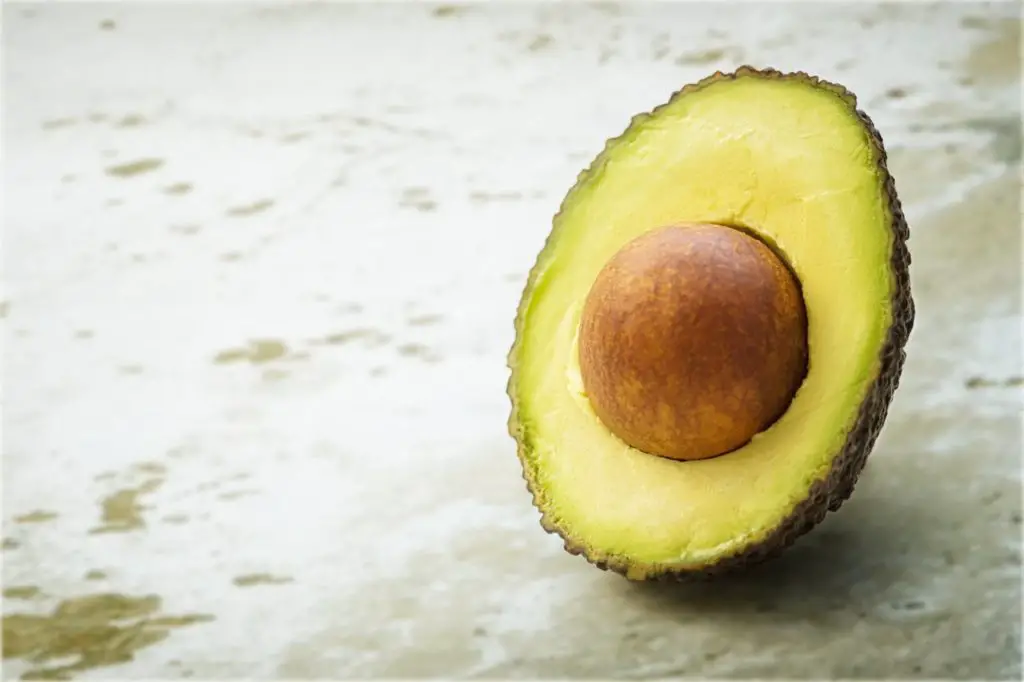This post may contain affiliate links. For more info, please read our full disclosure here
Macros. Every diet has them. Your regular high carb diet, the paleo diet, the keto diet and so on. Macros, short for macronutrients are very important to the body and we basically cannot live without them.
On the ketogenic diet, your macros are important as well and knowing and following them will help to put you on the right track for success.
This article explains what the keto diet macros are, their importance in your diet and how you can determine them for success on the keto diet. A quick breakdown of what is covered in this guide
- What are macros?
- Why your macros are important on the ketogenic diet
- The factors affecting your macro ratios on keto
- How to calculate your macros with a keto calculator
- Understanding the individual macros and how they matter
- How to track your macros for success on keto
What are macros?

The word macro is short for macronutrients. These are essential nutrients needed by the body in large quantities, hence the name “macronutrients”. These macronutrients play a very large role in your growth, development and energy as well as other bodily functions.
There are 3 main macronutrients that your body needs. These are
- Carbohydrates
- Protein
- Fats
Each foods contains macronutrients in different proportions. For example, apples contain 95% carbohydrates, 2% protein and 3% fats. Avocados contain about 70% fat, 8% carbs and 2% protein. Eggs are about 60% fat and 35% protein.
I’m sure you get the picture by now. Each food has their individual macro counts and the macronutrient count of each meal is the total of the individual macro ratios of the food used in preparing it.
The macronutrient ratios you follow can make you gain or lose weight and muscles as well, or even both.
Now then, what are the keto diet macros?
Why your keto diet macros are important
The ketogenic diet is low in carbohydrates, high in fat and moderate in protein. Meaning on keto, majority of your calories are gotten from fats, then protein, then carbohydrates. The keto macro ratios are
- About 70% fats
- 20 – 25% protein and
- 5 – 10% carbohydrates.

As you might have noticed, the percentages are not fixed and they show ranges. This is because you can have different goals on the ketogenic diet. For example, your goal could be to
- Lose weight and gain muscle or
- Lose weight and maintain muscle or
- Maintain weight and gain muscle
Either of them, the amount of each macronutrient you consume will determine what category you will fall into. It is very important to know, follow and track your keto macros because they are directly linked to your success on the ketogenic diet.
For example, if your carb intake is too high, you won’t be able to enter and enjoy the benefits of ketosis. If your protein intake is too low, you will lose muscle mass which is not a good thing.
Basically to achieve the results you want on the keto diet or any diet at all in general, you need to be following macronutrient ratios that support your goals.
Factors affecting your macros on keto
Like I said earlier, your keto diet macros are crucial to success and so it is important to get them in the right amounts depending on your body and your goals.
One thing to note is that your macro requirements will not be the same as everybody else’s’.
If a 35 year old woman eats the same amount of protein as a 50 year old woman or a man her age, she’s doing it wrong. Here are some factors that determine your macronutrient intake
1.. Age – as stated above, your macronutrient needs changes with your age. just the same way you don’t eat the same amount of food as you did when you were a child, you age does affect your macronutrient needs
2. Gender – your gender also plays a role. A man and a woman don’t have the same macro needs. For example, men generally may require a higher protein intake considering the fact that they tend to have a higher muscle mass than women
3. Activity levels – how active or sedentary you are can also affect in determining your macronutrient intake. An athlete would definitely have different macro needs than someone who just goes out for evening strolls every Sunday.
4. Other factors that can affect your macronutrient intake includes your body fat percentage and BMI, weight loss goals and conditions like pregnancy.
As you can see, there is no universally set macronutrient amount for everybody. You have to determine your macro ratios based on the factors that affect you.
How to calculate your keto diet macros

So then, how can you calculate your keto diet macros? One of the easiest wasy to do this is by using a keto calculator. The keto calculator is one of the easiest ways to determine your ideal macronutrient ratios on the keto diet.
This is because it gives you information on your macros based on the different factors that go into determining your basic daily nutrient requirements
How to determine your macros with a keto calculator
- Find a keto calculator (you can use the one below)
- Input your details (your age, gender, height and weight)
- Select your activity levels (how active you are on a daily basis)
- Input your body fat percentage
- Input your desired amount of protein per lean body mass (more on this later)
- Choose your desired daily net carb intake (more on this below)
- Hit calculate
Long story short, a keto calculator helps you define the macro amounts that work best for your body and are in line with your goals like losing or maintaining weight.
Here is a keto calculator you can use
Now, let’s take a look at the individual macronutrients to better understand what goes into determining their specific amounts.
Carbohydrates

Carbohydrates are the cheapest source of energy for the body (glucose), meaning it is generally easier for your body to convert carbs to glucose for energy.
Although, being the easiest source of energy doesn’t mean it’s the best or most efficient. Ketones have shown to be a more efficient source of energy than glucose.
On the keto diet, you need to limit your carb intake to a certain level which enables your body to be able to utilize ketones from fats, for fuel. If your carbohydrate intake is too high, glucose production will increase, insulin levels will rise and you will fall off ketosis.
Determining your keto carb intake
The general rule for carb intake on the ketogenic diet is about 25 – 35g of net carbs and about 50g of total carbs per day. Net carbs are not the same as total carbs. Your net carb intake is your total carb intake minus fibre.
Net carbs = total carbs – fibre
Fibre isn’t counted among the net carbs because its effect on ketosis is very minimal. As you can see above, the figure is not precise, because we all have different bodies.
For example, Susan may be able to enter ketosis when she consumes a maximum of 25g of net carbs per day while Jenna way be able to enter ketosis when she consumes a maximum of 30g of net carbs per day.
For a regular person (non-athlete), it is generally recommended to start at 25 – 30g of net carbs per day.
If you are used to the high carb way of life where you consume almost a total of 300g of carbohydrates a day, the keto carb figure might seem impossible, but it’s not.
There are hundreds of recipes that can fill you up for an entire day while keeping you under 20g of net carbs per day (yes), so you have nothing to worry about.
For more info, check out our guide on carbs on the keto diet
Protein

The second among the keto macros is protein. Protein is essential in the body because it is made up of amino acids which are important and essential for normal body functioning.
Protein helps to build and repair muscle and tissues, decrease cravings, increase metabolism and much more. On the ketogenic diet, taking the right amount of protein is important as well.
Eating too much protein may affect ketone production while eating too little protein will make you lose muscle mass which isn’t a good thing. How much protein you need depends on a few things like I said earlier
Determining your protein intake on keto
Your individual protein requirements are usually based on your activity levels and lean body mass.
Lean body mass is the total weight of your body minus your body fat weight.
Total body weight = lean body mass + body fat weight
So, based on your activity level and lean body mass, this is the amount of protein you should aim for;
- Sedentary: around 0.7 – 0.8g of protein per pound of lean body mass.
- Slightly active: around 0.8 – 1.0g per pound of lean body mass.
- More active: 1.0 – 1.2g per pound of lean body mass.
Apart from taking the right amount of protein, it’s also good go get the right source of protein. The best protein sources on keto are grass-fed beefs, fish, pork, eggs, bacon and sausage and cheese.
For more info, check out our guide on protein on the keto diet.
Fats

Fats are like the kings of the keto diet macros. They are the macronutrient that are consumed in the highest proportion on keto. Fats are your body’s alternative source of energy.
Fats are broken down into ketones to be used for energy by the body. On the keto diet, your body is run mainly by ketones, rather than glucose, giving you more energy for longer, improved mental clarity and more.
For a long time now, all fats have been paraded as unhealthy and dangerous, meanwhile, studies show that some fats are actually healthy and are very good for us. The keto diet is about eating good and healthy fats, not just any kind.
You’d definitely want to lean towards healthy monounsaturated and polyunsaturated fats and also some saturated fats. You’ll also want to avoid trans fats. Good fats are mostly found in some plant oils while processed foods are rich with unhealthy fats.
Fats and proteins help tremendously on keto because they are satiating so you don’t have to worry about hunger coming up every now and then. That’s just few of the benefits fats offer
Determining your fat intake on keto
On keto, you need to eat lots of healthy fats, as fats contribute to about 70% of your daily caloric intake. A gram of fat gives about 9 calories. So if you consume 2000 calories per day, your fat intake should be about 150g of fat each day
One thing to remember is that you shouldn’t be scared of eating fats. As long as they are healthy and work within your macro goals, you’ll be fine.
The best way to determine your fat is by using a keto calculator as shown above.
The best source of fats on keto are nuts, seeds, fish and plant oils. For more information on the best fats to eat on keto, check out our keto fats guide.
More tips to note on keto macros

- Take more of whole foods rather than processed foods. Whole foods have a higher and richer macronutrient content than their processed counterparts
- When buying foods, especially processed ones, be sure to check for hidden carbs. hidden carbs not only disrupt your macro goals, but can also add up and disrupt ketosis
- Don’t be afraid of eating fats. Rather, lean towards good and healthy fats and avoid unhealthy ones
- Know and stick to your macro ratios. If you feel they are not working out for you, then can redefine them to support your body and goals.
Summing it all up
Macronutrients are essential across every style of eating. Your keto macros matter a lot and consuming them in the right amounts goes a long way to determine the results you will get on keto.
Remember, its 70% fats, 20 – 25% protein and 5 – 10% carbs and there is no fixed number for everybody. Factors like your age, gender and activity levels and lifestyle determine the amount of each macronutrient you need daily.
For carbohydrates, it’s best to target between 25 to 30g of net carbs daily. Protein and fats matter as well. A keto calculator is a good way to determine your individual macronutrient amounts based on the factors discussed earlier.
With the right steps and ratios, it becomes easier to see the results you want.
Keep it simple, keep it clean and keep it keto.
If you loved this guide, feel free to share it with your friends.
For more keto help to succeed on the keto diet, check out our free keto resources and our keto diet recommendations.
